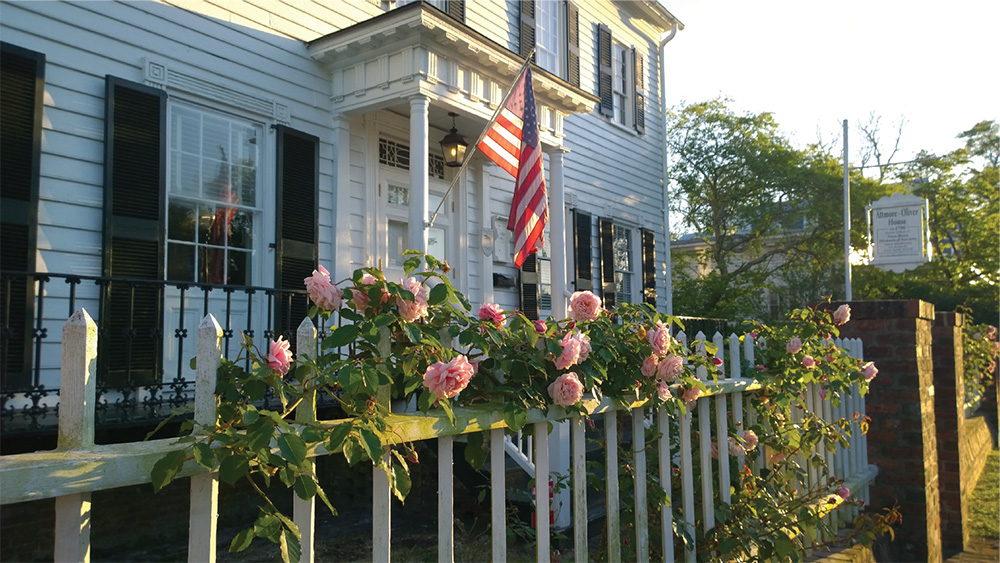Events & Programs Director Job Announcement 1-31-22
The New Bern Historical Society is hiring for a new position of Events and Programs Director. This is a challenging full time position requiring night and weekend work. We are a very small office — we work hard and have fun celebrating New Bern’s amazing history. All applications must be submitted through Indeed.com. –Full time […]
Events & Programs Director Job Announcement 1-31-22 Read More »


